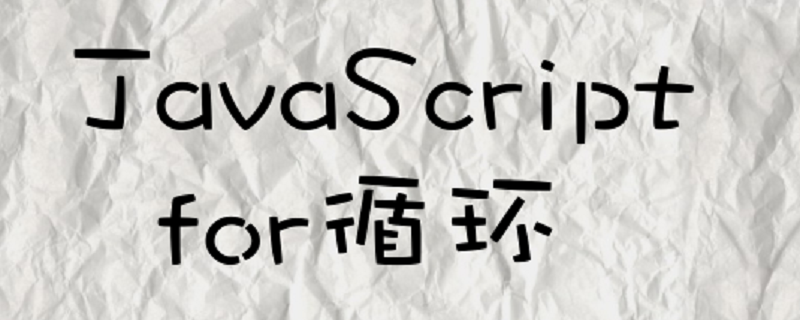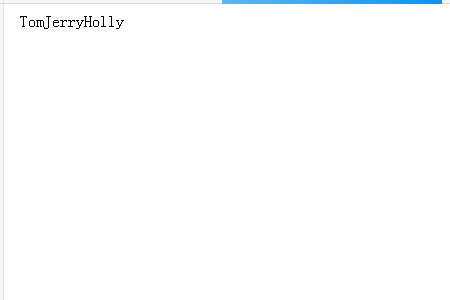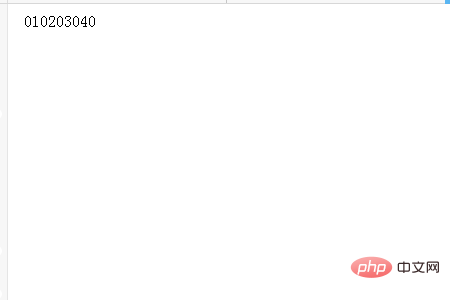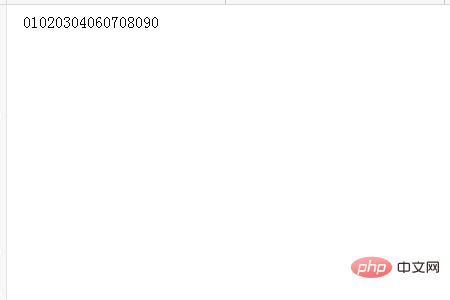
The loop statements in How to use the for loop statement in How to use the for loop statement in How to use the for loop statement in JavaScript include for loop statements and while loop statements. The following article will first introduce to you the usage of for loop statements in How to use the for loop statement in How to use the for loop statement in How to use the for loop statement in JavaScript.

Let’s take a brief look at the difference between for loop statement and while loop statement
Simply speaking, for loop statement and The main difference between the while loop statement is that when the number of loops is fixed, a for loop is used; when the number of loops is not fixed, a while loop is used.
Let’s take a look at How to use the for loop statement in How to use the for loop statement in How to use the for loop statement in How to use the for loop statement in JavaScript
The syntax of the for loop statement
for(初始值;条件表达式;增加/减少表达式){
循环处理
} Let’s look at a specific example of for loop statement
The code is as follows: The variable is specified as i
<!DOCTYPE html>
<html>
<head>
<meta charset="utf-8">
<title>How to use the for loop statement in How to use the for loop statement in How to use the for loop statement in JavaScript</title>
</head>
<body>
<script>
for (var i = 0; i < 10; i++) {
document.write (i);
}
</script>
</body>
</html>First, although it is initial value, but we declare a variable named i and assign it the value 0. This is the initial loop process.
Next, i <10 in the conditional expression means that processing is performed while the value of i is less than 10.
The last increase/decrease expression i means that the value of i is increased by 1 each time it is executed.
Then, specify the loop process to be performed when processing the document using document.write.
When outputting with a browser... Output values from 0 to 9.

Using for loops in arrays
The syntax of the for statement is often used when writing programs using arrays.
Let’s give an example.
An array box named list, and put the three values of Tom, Jerry, and Holly in it.
var list = [“Tom”,“Jerry”,“Holly”];
We use the for statement to process these values one by one.
First specify var i = 0 as the initial value. As long as the value of variable i does not exceed the number of elements of the array, loop i. Each time through the loop, i is incremented by 1.
Finally, we call the element using document.write.
for (var i = 0; i < list.length; i++){
document.write (list[i]);
}(The length of the array can be obtained through the length attribute)
The variable i is the subscript of the array element. So it will take the form of a count from 0 to the number of elements and access each element (Tom, Jerry, Holly).
Let’s run the following program
<!DOCTYPE html>
<html>
<head>
<meta charset="utf-8">
<title>How to use the for loop statement in How to use the for loop statement in How to use the for loop statement in JavaScript</title>
</head>
<body>
<script>
var list = ["Tom","Jerry","Holly"];
for (var i = 0; i < list.length; i++) {
document.write (list[i]);
}
</script>
</body>
</html>The results are as follows

In this way, you can see The elements with indexes 0,1,2 are being accessed and output one by one.
Let’s take a look at the last jump statements: break and continue
Jump statements are used when interrupting the current process and transferring to another canonical process syntax.
It is mainly used for loop processes and can be used for for and while statements.
break statement-immediately terminate the loop process
continue statement-interrupt the executing loop process and continue the next loop process
The following uses the for statement to explain break and continue.
<script>
for (var i = 0; i < 10; i++) {
document.write (i * 10);
}
</script>break statement
In the break statement, the loop process exits when i reaches 5 and will no longer be executed.
<script>
for (var i = 0; i < 10; i++) {
if (i == 5) {
break;
}
document.write (i * 10);
}
</script>Since it is only executed until i is 4, the process terminates at 40.

continue statement
On the other hand, when continue is executed, it is skipped only if i is 5 The loop continues to execute.
<script>
for (var i = 0; i < 10; i++) {
if (i == 5) {
continue;
}
document.write (i * 10);
}
</script>The running results are as follows

The above is the detailed content of How to use the for loop statement in JavaScript. For more information, please follow other related articles on the PHP Chinese website!